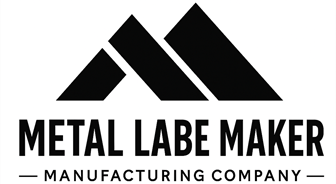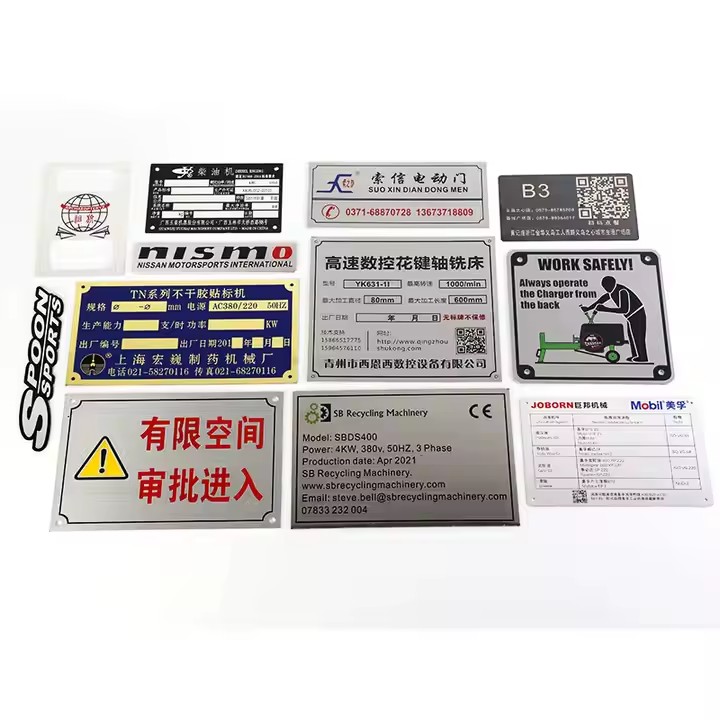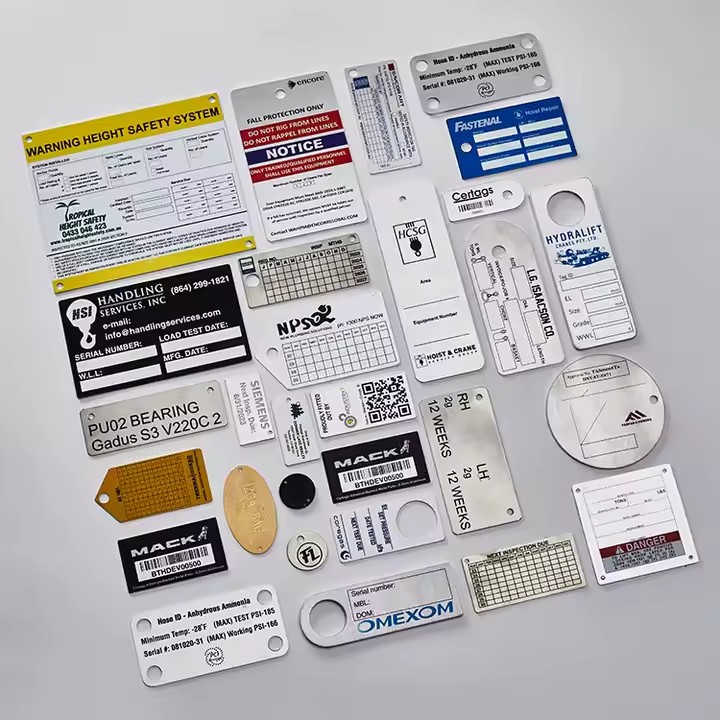Metal Labels vs. Plastic Labels: Which One Is Right for Your Project?
Choosing the right labeling material can significantly impact the performance, appearance, and longevity of your product. Two of the most common options are metal labels and plastic labels. Each has its advantages and is suited to different types of projects, environments, and budgets.
This article compares the key differences to help you decide which one is the better fit for your specific application.
1. Durability
Metal Labels:
-
Extremely resistant to wear, corrosion, and harsh environmental conditions.
-
Ideal for industrial, outdoor, or high-temperature applications.
-
Can last for decades without fading or cracking.
Plastic Labels:
-
Durable under light to moderate use.
-
May degrade in UV light or under extreme temperatures.
-
Better suited for indoor or low-impact environments.
✔ Verdict: If durability is your top priority, metal labels are the clear winner.
2. Appearance & Aesthetics
Metal Labels:
-
Offer a premium, professional, and sometimes luxurious look.
-
Can be brushed, polished, anodized, or engraved for visual appeal.
-
Ideal for branding, product nameplates, and high-end finishes.
Plastic Labels:
-
Available in a wide range of colors and finishes.
-
Can include vibrant printing and complex graphics.
-
Often used in consumer products and retail packaging.
✔ Verdict: For premium or industrial branding, metal excels; for colorful or playful designs, plastic is more flexible.
3. Cost
Metal Labels:
-
Generally more expensive due to material and manufacturing processes.
-
Cost-effective in the long term due to durability.
Plastic Labels:
-
Lower initial production costs.
-
Cost-effective for short-term or disposable use.
✔ Verdict: If you’re working with a tight budget or short product lifespan, plastic may be the better option.
4. Environmental Resistance
Metal Labels:
-
Highly resistant to chemicals, moisture, heat, and UV exposure.
-
Often used in environments like manufacturing plants, marine settings, or medical equipment.
Plastic Labels:
-
Limited resistance depending on the type of plastic used.
-
Some high-performance plastics are UV and chemical resistant but cost more.
✔ Verdict: Metal labels are more reliable for demanding environments.
5. Application & Flexibility
Metal Labels:
-
Rigid and usually mounted with adhesives, rivets, or screws.
-
Suitable for flat surfaces and permanent applications.
Plastic Labels:
-
Flexible, can conform to curved or uneven surfaces.
-
Easier and faster to apply, especially in mass production.
✔ Verdict: For curved surfaces or temporary labels, plastic is more adaptable.
6. Sustainability
Metal Labels:
-
Often made from recyclable materials like aluminum or stainless steel.
-
Longer lifespan reduces waste.
Plastic Labels:
-
Many are not biodegradable; recycling depends on the type of plastic.
-
Single-use applications can generate more waste.
✔ Verdict: Metal labels are generally more eco-friendly in long-term use.
Conclusion: Which Should You Choose?
| Factor | Best Material |
|---|---|
| Durability | Metal |
| Cost | Plastic |
| Aesthetic (Premium) | Metal |
| Aesthetic (Colorful) | Plastic |
| Harsh Environments | Metal |
| Flexibility | Plastic |
| Sustainability | Metal (long-term use) |
Ultimately, the right choice depends on your project’s requirements. If you need long-lasting, professional, and rugged labels, metal is your go-to option. If you’re producing cost-sensitive, colorful, or short-term products, plastic may be a better fit.
Still not sure? Our experts can help you choose the perfect labeling solution for your specific needs.







